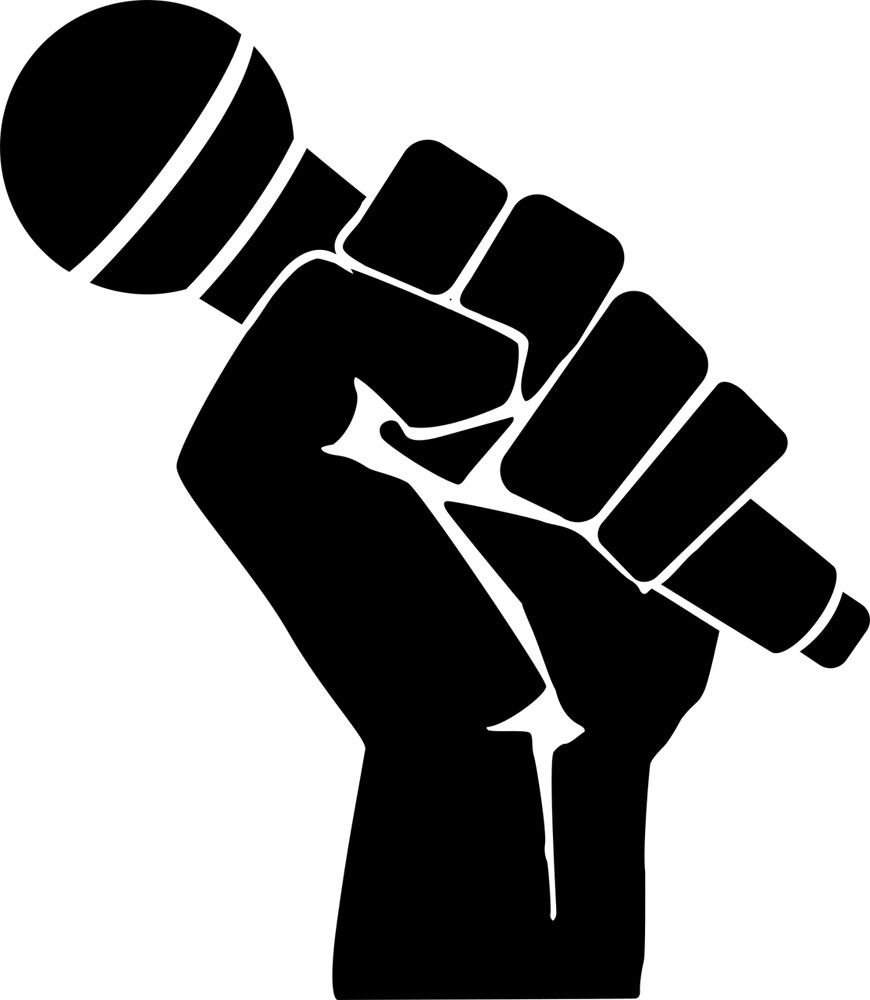
“How do you shift power in a system?” It is a question I hear and entertain more and more lately, as many of us in nonprofits have worked for decades to create systems change, more often than not with little or underwhelming result.
In the classic systems thinking essay, “Leverage Points: Places to Intervene in a System,” Donella Meadows writes, “Leverage points are points of power in a system.” So, systems change is all about shifting power. However, the implementation of systems change often ignores this central aspect.
Revisiting the top five leverage points in the system begins to illuminate the extent of the change that is brought just by even one of these. In increasing order of effectiveness, they are:
5. The power to set the rules of the system
4. The power to change or evolve the structure of the system
3. The power to set the goals of the system
2. The power to set the paradigm of the system
1. The power to transcend the paradigm of the system
Regarding the power to set the rules—incentives, punishments, constraints—Meadows writes, “If you want to understand the deepest malfunctions of systems, pay attention to the rules, and to who has power over them.” For example, capitalism is a system where the rules are designed by owners of corporations, run by corporations, for the benefit of corporations—which is why all others are made subordinate by it. Nonprofits, which themselves require a corporate board and leading executives that make organizational decisions, by design are systems where the power to make rules is monopolized by an elite, and thus, ultimately, are, at their core, not very different from for-profit corporations.
Meadows sees the ability to change the system, self-organization, as “the most stunning thing that living systems and social systems can do.” They do this by “creating whole new structures and behaviors.” She notes that in biological systems, “that power is called evolution.” The ability to self-organize is the foundation for resilience in a system. Meadows observes, “A system that can evolve can survive almost any change, by changing itself.” Self-organization relies on its own set of rules that govern “how, where, and what the system can add onto or subtract from itself under what conditions.” It balances what exists with new patterns that respond to current reality. However, as this leverage point is high up in the system, those who have this power oftentimes have the least incentive, or knowledge of how, to evolve the system. This is why the empowerment-speak of nonprofits rings so hollow.
Sign up for our free newsletters
Subscribe to NPQ's newsletters to have our top stories delivered directly to your inbox.
By signing up, you agree to our privacy policy and terms of use, and to receive messages from NPQ and our partners.
The goals in a system determine its structure and rules, along with the other leverage points beneath these. Meadows writes, “Like all technologies, it depends upon who is wielding it, with what goal.” Further, goals are not what the system says, but what it does. System-level goals include survival, resilience, differentiation, and evolution. Often, people in a system do not know what the actual goals are. Sometimes this is intentional. I see this a lot in racial justice work, where the change goals are usually set by and for the dominant, or elites, in the system because they are the ones with the power to set those goals. This likely contributes to the common discrepancy between what we say and what we do, which is why understanding the power to set goals and who wields it is critical to any systems change work, including racial justice efforts. Not only are systems change processes inherently about power shifting, in our society, power shifting processes are inherently racial justice processes. When undergoing systems change, then, it is critical to understand that there need to be new, power-explicit, system-level goals, and these should be designed to address its power hierarchies.
Paradigms—models, patterns, or standards—are the source of systems. They shape the nature of reality in the system, goals, and everything that flows from these. Meadows illustrates: “The ancient Egyptians built pyramids because they believed in an afterlife. We build skyscrapers because we believe that space in downtown cities is enormously valuable.” It is harder to change the paradigm than just about anything else in the system. That’s why the ability to change paradigms is the highest leverage point. However, Meadows points out, “there’s nothing necessarily physical or expensive or even slow in the process of paradigm change…all it takes is a click in the mind, a falling of scales from the eyes, a new way of seeing.”
Meadows asks, “So how do you change paradigms?” And answers, “In a nutshell, you keep pointing at the anomalies and failures in the old paradigm, you keep speaking louder and with assurance from the new one, you insert people with the new paradigm in places of public visibility and power. You don’t waste time with reactionaries.” In my experience in the sector, the paradigm is set by the leading executives, especially the founding ones. In the typical hierarchical organization, the leading executives not only manage the staff beneath, but the board above. This system flaw—hindered communication—is a drawback to any system change because power preserves itself and, most powerfully, through control of the paradigm. That is why executive transitions are so challenging: the goal is change, but the practice—again, by those leading the change, usually the elite—is to control the change; to be seen to change while changing as little as possible.
Finally, as aforementioned, the highest leverage point in a system is the power to shift the paradigm. Meadows defines this as the power “to keep oneself unattached in the arena of paradigms, to stay flexible, to realize that no paradigm is ‘true,’ that everyone [has] a tremendously limited understanding of an immense and amazing universe that is far beyond human comprehension.” Though most of us cling to our paradigms, Meadows observes that “everyone who has managed to entertain that idea, for a moment or for a lifetime, has found it to be the basis for radical empowerment.” Appropriately, she calls this “mastery over paradigms.”
By now, system thinking has become deracinated, devoid of its true power implications. This quick review reminds us of what system change actually requires. What would it look like if systems change efforts, especially racial justice ones, were oriented around these five top leverage points? If they do not, then we should at least stop saying we are doing systems change work.











